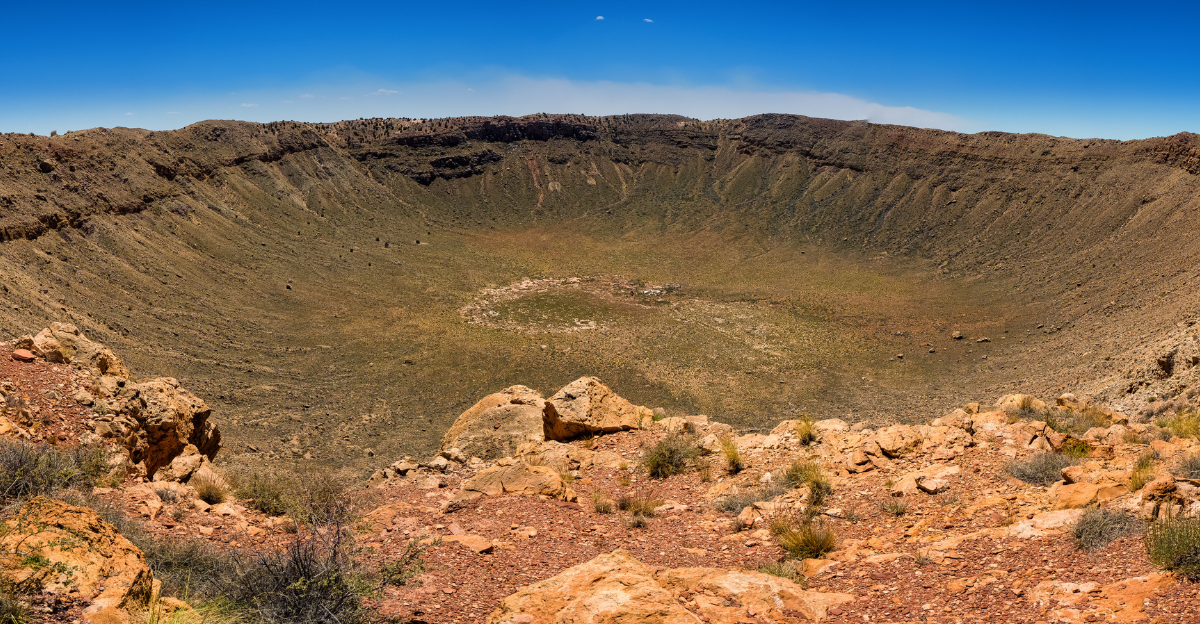
Scientists have uncovered the world’s oldest known impact crater—a 3.5-billion-year-old cosmic scar in Australia’s Pilbara region—and its discovery is challenging what we know about the origins of animal life. Not only did this massive impact create the perfect environment for early microbes, but it may have delivered the very building blocks of DNA. Could life as we know it have extraterrestrial origins?
The Pilbara Crater—A Game-Changer in Evolutionary Science
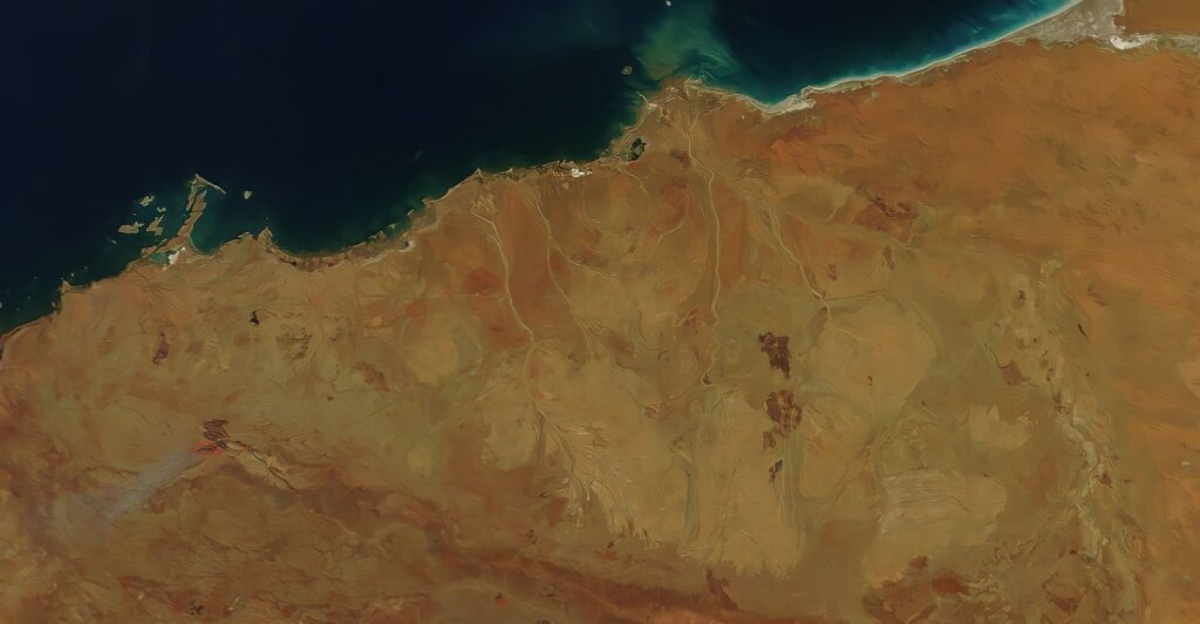
The discovery of a 3.47-billion-year-old impact crater in Australia’s Pilbara region rewrites history. This cosmic collision predates previously known impact sites by over a billion years, coinciding with the emergence of early life. Scientists now question: Did this event help shape life itself? With irrefutable evidence of extreme heat, water-filled craters, and organic molecules, the theory of extraterrestrial DNA origins gains newfound credibility.
Shatter Cones—Proof of an Ancient Cosmic Collision
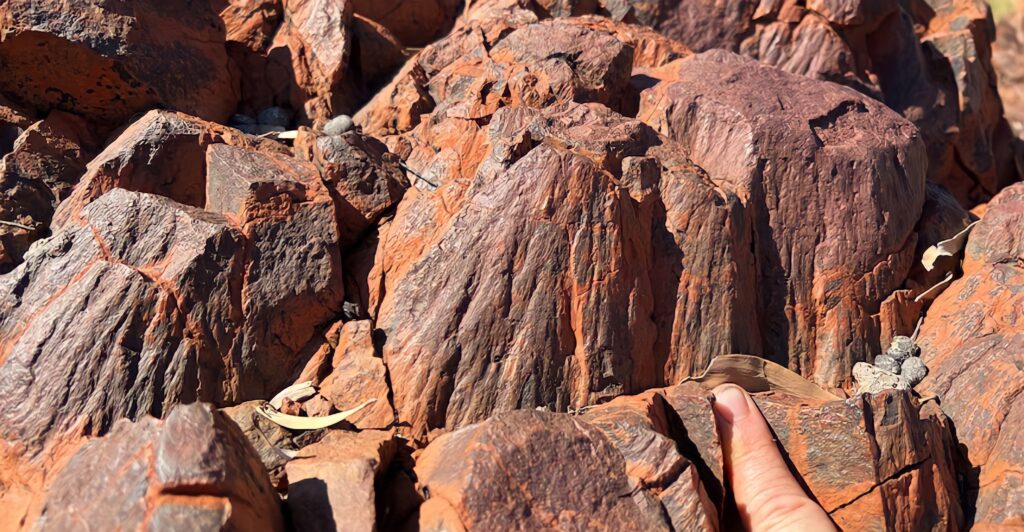
Shatter cones, found only in high-impact events, confirm the Pilbara crater’s extraterrestrial origins. These distinct rock formations, created under immense pressure, prove that a massive meteorite struck Earth at over 36,000 km/h (22,000 mph). The impact would have unleashed energy surpassing multiple nuclear bombs, altering the planet’s chemistry. Such an event didn’t just shape landscapes—it may have reshaped biology itself.
Meteorites Carry the Building Blocks of Life
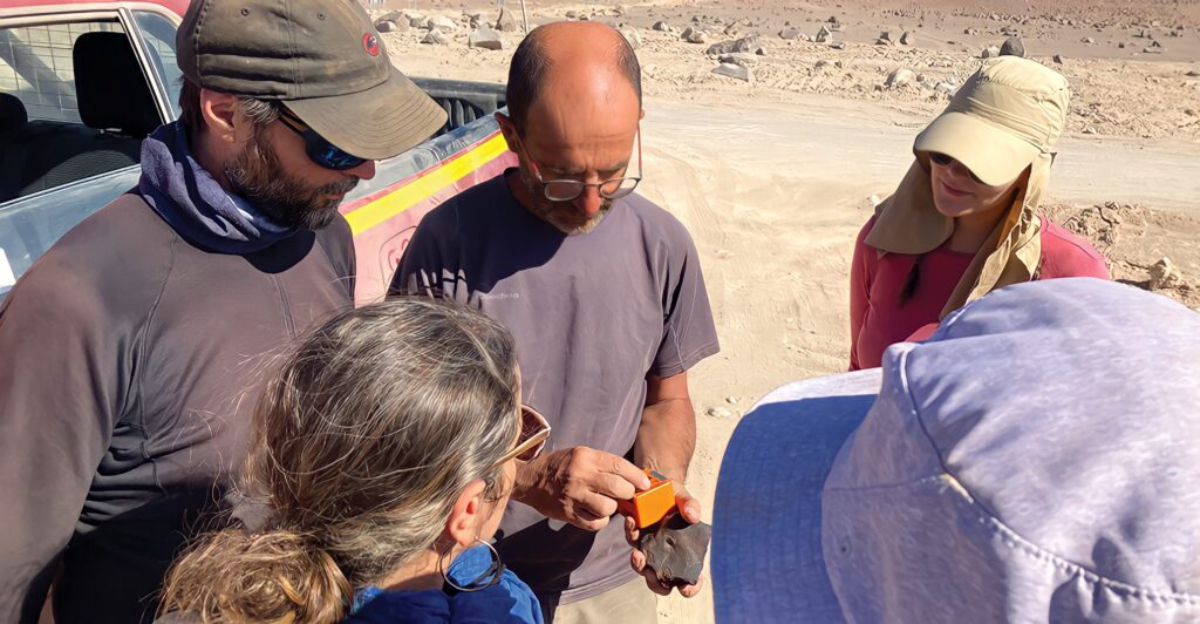
NASA has confirmed that DNA nucleobases—adenine, guanine, and others—exist in meteorites. Studies of Antarctic and Australian meteorites revealed pre-formed genetic components, suggesting space actively produces life’s ingredients. If smaller meteorites carry organic molecules, what did the enormous impactor at Pilbara bring? The event may have seeded Earth with extraterrestrial genetic blueprints, setting the foundation for all future life.
Craters as Cradles of Life
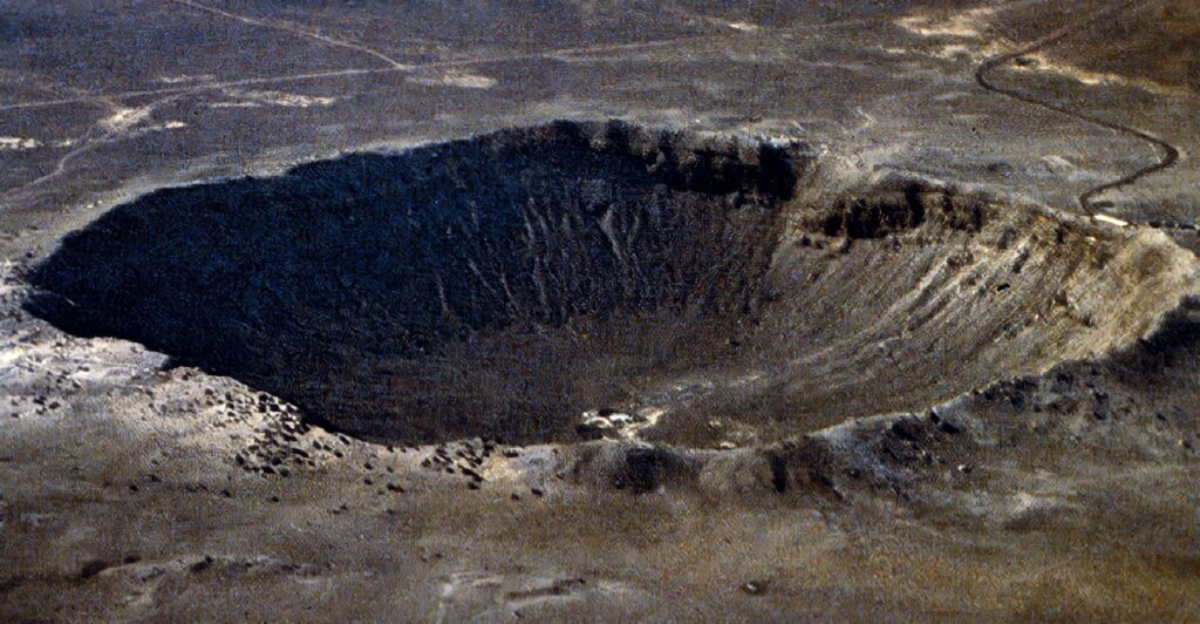
Impact craters aren’t barren wastelands—they are incubators. The Pilbara impact likely created hydrothermal pools, rich in heat and minerals, perfect for assembling complex molecules. Similar conditions today host extremophiles, life forms thriving in volcanic vents. Could early Earth have been jumpstarted by these same processes? The crater’s unique environment may have provided the necessary conditions for primitive life to take hold.
Impact Chemistry—Forging Life’s Key Ingredients
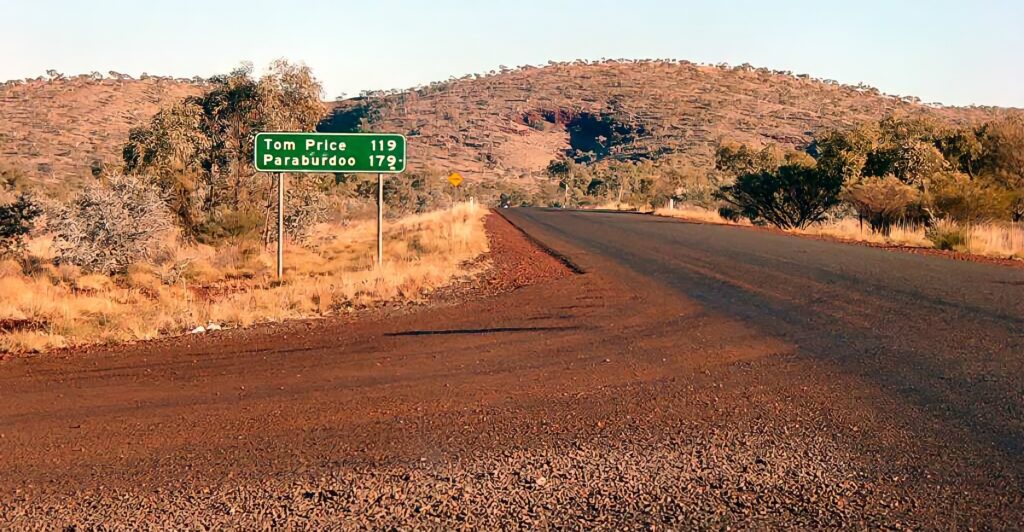
The extreme temperatures and pressures from the Pilbara impact would have fused simple molecules into complex organic compounds. Similar reactions in lab simulations have produced amino acids and sugars—the raw materials of life. This suggests that cosmic collisions don’t just deliver life’s building blocks; they actively manufacture them. The Pilbara event could have been a giant natural laboratory, catalyzing life’s earliest forms.
The Timing Is Too Perfect to Ignore
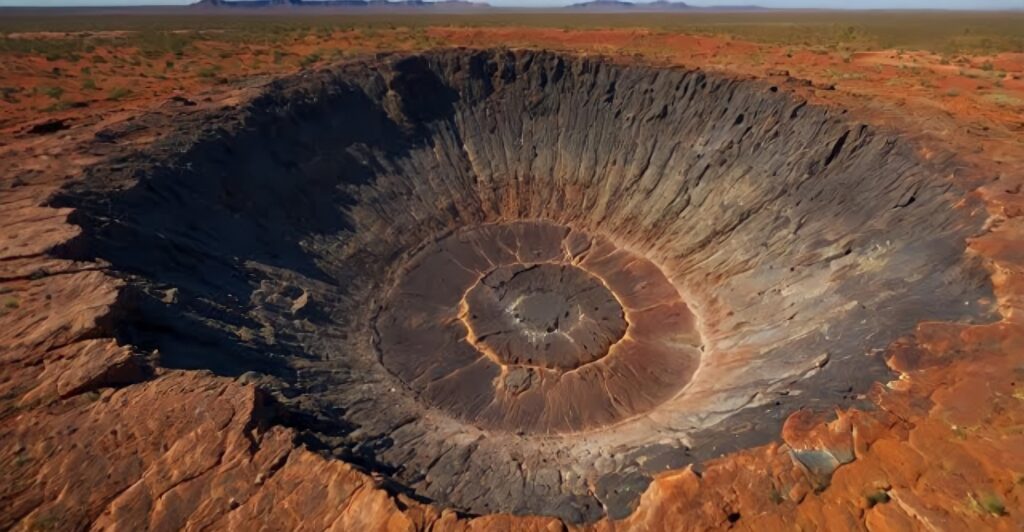
The Pilbara impact occurred 3.47 billion years ago—just before the first confirmed evidence of microbial life at 3.5 billion years. Coincidence? Unlikely. The event may have created the perfect setting for life to form, introducing organic molecules and fostering evolutionary leaps. If life arose so soon after such a massive impact, it’s plausible that the two events are directly connected.
Evolutionary Acceleration Through Cosmic Chaos
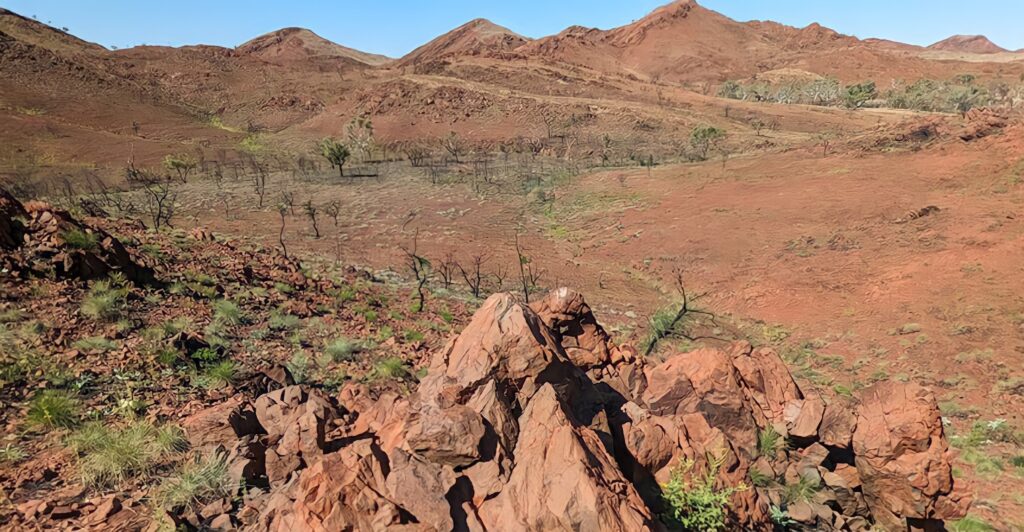
Massive disruptions often lead to evolutionary breakthroughs. The Pilbara impact would have reshaped environments, forcing organisms to adapt quickly or perish. Surviving microbes would have developed advanced genetic repair mechanisms, laying the groundwork for more complex DNA structures. Evolution thrives under pressure—was this impact the catalyst that pushed life toward higher complexity?
DNA’s Cosmic Fingerprint—A Universal Signature?
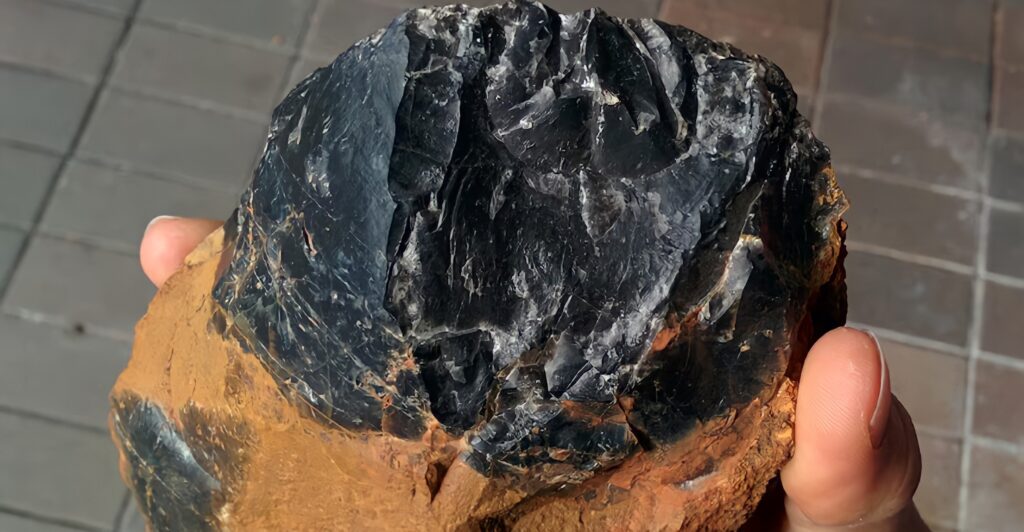
If DNA’s building blocks arrived from space, could life be a universal phenomenon? Studies show organic molecules on asteroids, Martian soil, and interstellar clouds, suggesting life’s ingredients exist throughout the cosmos. If Earth was seeded by extraterrestrial DNA, similar processes may have occurred elsewhere. The Pilbara discovery isn’t just about Earth—it may point to a cosmic network of life.
The Space-Time Connection—Are We Galactic Relics?
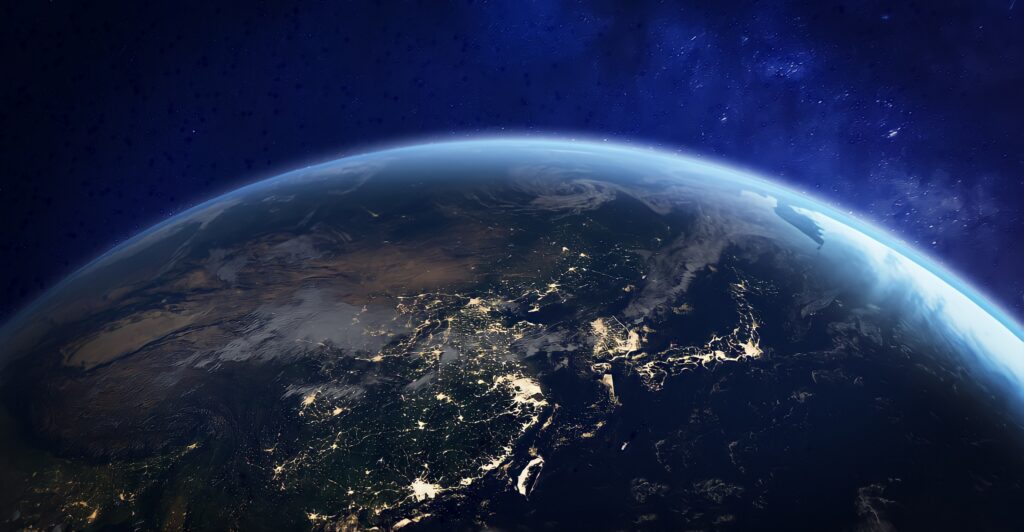
Organic molecules found in meteorites predate Earth itself. This suggests that life’s precursors existed before our planet formed. If the Pilbara impact introduced extraterrestrial DNA, it means Earth’s life didn’t start here—it started in space. We may not be Earthlings at all, but rather travelers in a vast cosmic lineage stretching back before our solar system even existed.
Alternate Genetic Blueprints—Did Impact DNA Shape Our Evolution?

NASA’s synthetic “hachimoji” DNA suggests alternative genetic structures could have evolved. The specific four-nucleotide system in Earth life may have been dictated by the compounds delivered by ancient impacts. The Pilbara meteorite might have provided not just DNA components, but the template for the very genetic system that dominates life today.
Cosmic Cross-Pollination—Life’s Interstellar Exchange
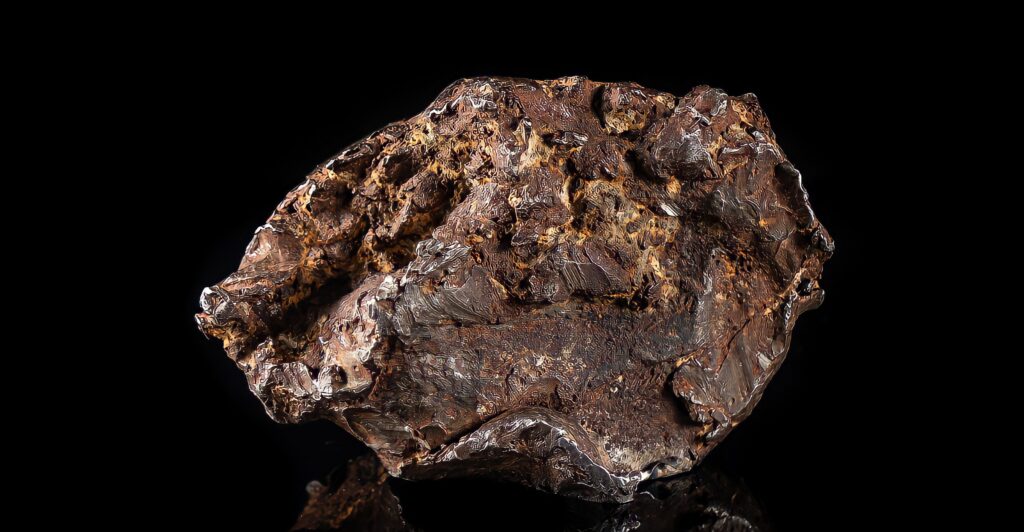
If life’s components travel via meteorites, Earth may not be unique. The Pilbara impact could be part of a larger process of life spreading across the galaxy. Panspermia—the theory that life spreads via space debris—gains strength with every discovery of extraterrestrial organic compounds. Earth’s first genetic material may have arrived as cosmic cargo, linking us to an interstellar biological heritage.
The Pilbara Discovery—A Paradigm Shift in Biology
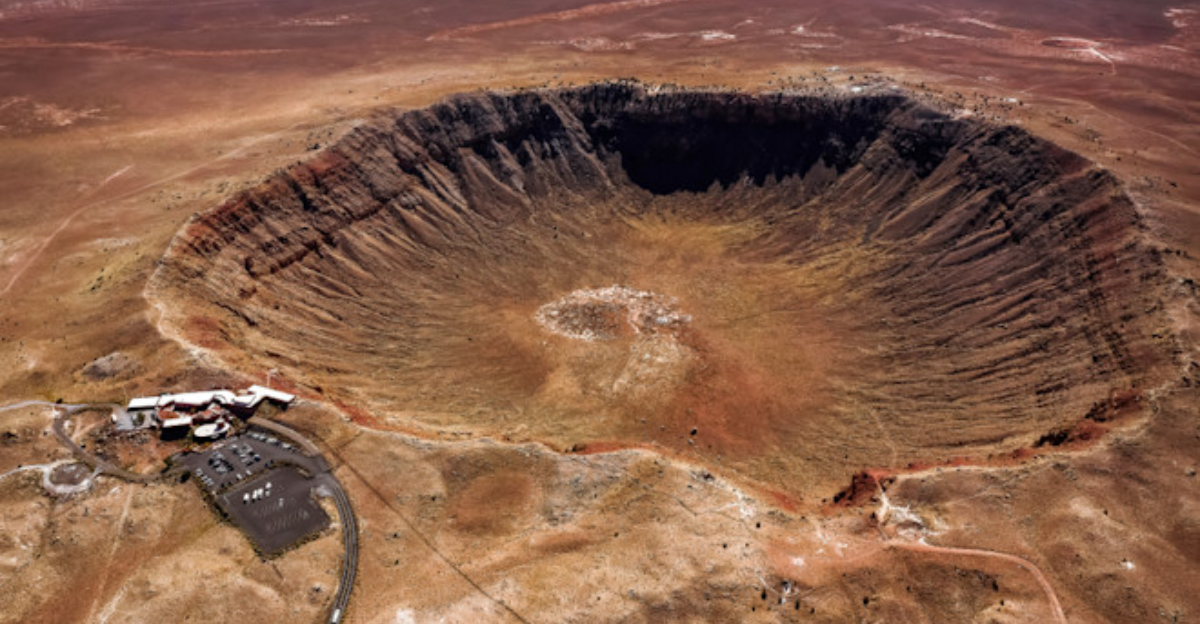
Scientists have long debated whether life arose independently on Earth or was seeded from space. The Pilbara crater provides hard evidence that meteorites can deliver organic compounds at a critical moment in history. This is no longer just speculation—it’s a compelling case for extraterrestrial contributions to Earth’s genetic foundation. If life was sparked by an ancient cosmic event, the implications stretch beyond biology—to the very nature of our existence.
A Cosmic Origin—Are We Originally From Space?

The Pilbara discovery challenges everything we know about life’s origins. If DNA’s building blocks arrived from space, then all life—humans included—may be extraterrestrial in origin. This shifts the search for life beyond Earth from “if” to “where.” Are we truly alone, or are we part of a greater cosmic lineage? The answers may lie not in the future, but in the deep past, written in the scars of Earth’s oldest impact crater.
Explore more of our trending stories and hit Follow to keep them coming to your feed!

Don’t miss out on more stories like this! Hit the Follow button at the top of this article to stay updated with the latest news. Share your thoughts in the comments—we’d love to hear from you!







